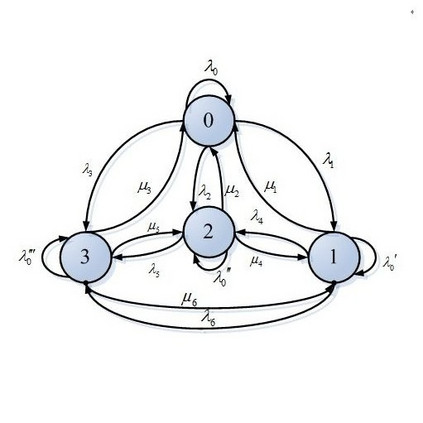This paper considers an uplink Internet of Things system with synchronous periodic traffic, where multiple devices generate their status updates at the beginning of each global frame and attempt to send them to a common access point. To achieve a low network-wide age of information (AoI) in an easily implementable manner, we require each device to adopt an age-dependent random access protocol, i.e., to transmit with a certain probability only when its corresponding AoI reaches a certain threshold. We analyze the time-average expected AoI by a multi-layer Markov model where an external infinite-horizon Markov chain manages the jumps between the beginnings of frames, while two internal finite-horizon Markov chains manage the evolution during an arbitrary frame for different cases. Simulation results verify the accuracy of the modeling and the AoI advantage over age-independent schemes.
翻译:暂无翻译




